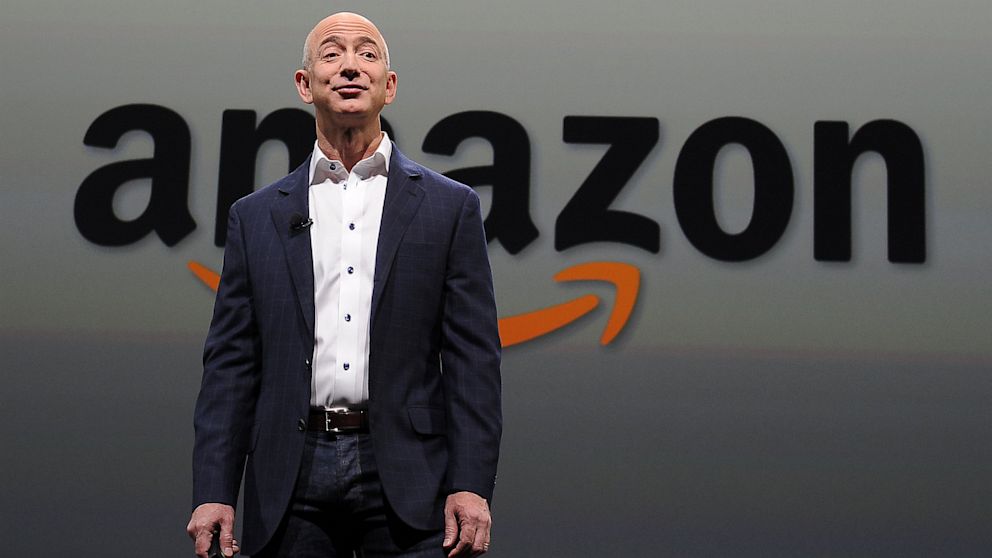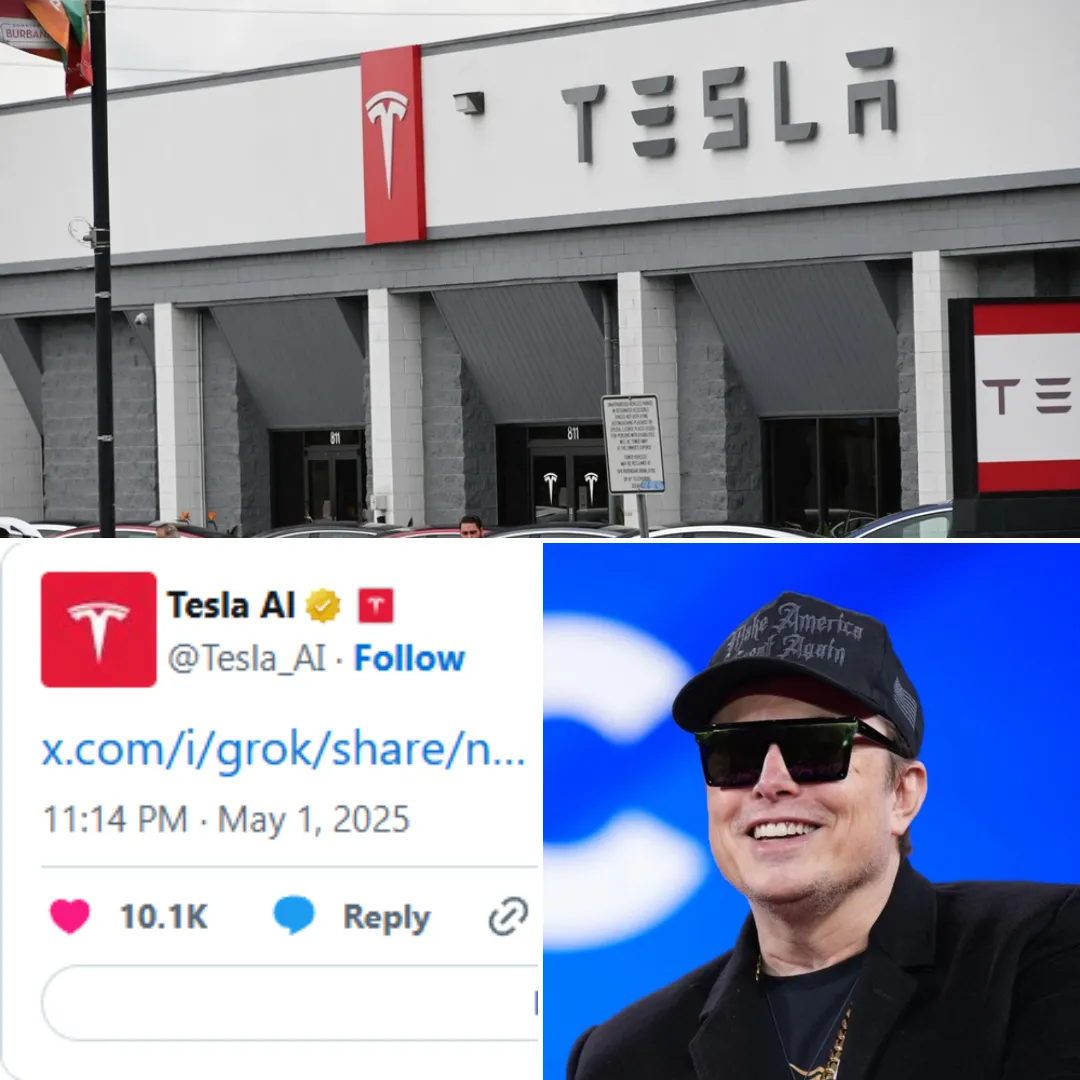
Long before Amazon became the trillion-dollar powerhouse it is today, Jeff Bezos faced intense skepticism from investors and industry experts alike. Amid the late 1990s dot-com bubble hype, many saw Amazon as just another internet fad doomed to fail, yet Bezos’s focus remained sharp and unwavering.
In a candid 1999 interview with CNBC, Bezos dismissed the hype surrounding the internet itself. “It doesn’t matter to me whether we’re a pure internet play,” he said. “What matters is: do we provide the best customer service. Internet, shminternet … That doesn’t matter.”
At that time, Amazon was still primarily an online bookstore rapidly expanding into other product categories like electronics and toys. The company faced considerable doubts about its profitability and whether it could sustain such rapid growth in an unproven market.
Despite these concerns, Bezos remained committed to his belief that customer satisfaction would define Amazon’s long-term success. “There’s no guarantee that Amazon.com can be a successful company,” he admitted. “What we’re trying to do is very complicated. There’s huge execution risk involved.”
Bezos argued that focusing relentlessly on customers’ needs was not just a feel-good motto but a strategic imperative. He famously said, “In the long term, there is never any misalignment between customer interests and shareholder interests.”
His vision was that by prioritizing customers, Amazon would naturally generate shareholder value.

When asked if competitors like Walmart could claim the same alignment, Bezos replied bluntly, “I think they should make that argument. It’s the correct argument.” This highlighted how he saw Amazon’s customer-centric approach as superior to traditional retail models.
Bezos also challenged the notion that Amazon’s sprawling warehouse network and thousands of employees were an expensive gamble. “You can’t compare a big chain of retail stores to half a dozen distribution centers,” he explained. “It’s bad math.”
He recognized that Amazon’s logistics infrastructure was fundamentally different and more efficient.
This insight into the operational economics of Amazon’s business model gave the company a competitive edge. By investing in fewer but larger, highly automated fulfillment centers, Amazon could reduce costs and speed delivery, critical factors in winning customer loyalty.
Bezos’s early insistence on customer experience and operational excellence helped Amazon survive the brutal dot-com crash of the early 2000s.
Competitors like Pets.com and Webvan vanished, while Amazon weathered the storm through what CNBC later called “shrewd management and a lucky last-minute infusion of capital.”
The company’s first profits came after it expanded beyond books, with Amazon reportedly turning a profit in the final quarter of 2001. This breakthrough was fueled by a strong holiday shopping season, which signaled growing consumer trust and acceptance of e-commerce.
By 2003, Amazon achieved its first full year of profitability, posting a net income of $35 million after recovering from a $149 million loss the previous year. This marked a turning point that confirmed Bezos’s vision was beginning to pay off.

Today, Amazon is a diversified giant operating in cloud computing, logistics, grocery retail, and much more. Bezos’s focus on customer needs over internet hype appears remarkably prescient as the company boasts a market capitalization of over $2.16 trillion.
In comparison, Walmart’s market value stands at about $782.48 billion, illustrating how Bezos’s approach transformed Amazon into a technology-driven retail juggernaut. The difference lies in Amazon’s ability to leverage technology and customer obsession to create new markets.
Amazon’s stock has shown strong momentum and growth over both short and long-term periods, ranking in the 66th percentile for momentum and the 91st percentile for growth, according to Benzinga Edge Stock Rankings. These metrics highlight the company’s continued robust financial performance.
Beyond numbers, Bezos’s philosophy shaped an entire industry. His relentless customer focus pushed Amazon to innovate constantly—from one-click purchasing to Prime’s fast shipping, cloud computing, and AI-powered recommendations.
Many of today’s business leaders cite Bezos’s customer obsession as a model for success. By putting customers first, Amazon built loyalty that allowed it to scale globally, outmaneuver competitors, and disrupt traditional retail industries.
Even in moments of crisis or doubt, Bezos’s mantra that “Internet, shminternet … that doesn’t matter” served as a reminder that technology alone is not enough. What matters is the value created for customers through exceptional service and innovation.
This belief in customer-centric innovation enabled Amazon to expand its footprint into areas previously unimaginable, including cloud computing with Amazon Web Services (AWS), which now dominates the sector and contributes significantly to the company’s profits.

In fact, AWS began as an internal tool but evolved into a market leader, powering thousands of businesses and earning billions in revenue. This exemplifies Bezos’s willingness to invest in long-term bets that align with customer needs, even if they deviate from the core retail business.
Bezos’s foresight extended to understanding logistics and supply chain dynamics. He recognized early that efficient distribution was crucial to delivering the promise of fast shipping, a major factor in Amazon’s growth and customer satisfaction.
The company’s investments in fulfillment technology, robotics, and data analytics revolutionized warehouse operations, enabling faster, more accurate order processing. This operational excellence became a barrier to entry for competitors.
Amazon’s Prime membership program, launched in 2005, was another masterstroke. By bundling shipping, entertainment, and exclusive deals, it created a loyal customer base willing to spend more and stick with the platform.
Bezos’s focus on customer lifetime value rather than immediate profits was a strategic departure from conventional retail thinking. This patient approach allowed Amazon to prioritize growth and market share, knowing profitability would follow.
Critics often questioned Bezos’s approach during Amazon’s early years, pointing to razor-thin margins and heavy reinvestment as signs of unsustainable growth. However, his commitment to long-term value creation ultimately proved correct.
The company’s stock price experienced significant volatility, dropping from $113 to as low as $6 during the dot-com bust. Yet Bezos’s steady leadership and ability to pivot ensured Amazon’s survival and resurgence.

Today, Amazon’s influence extends beyond retail and technology; it shapes consumer behavior, supply chains, and global commerce. Bezos’s strategy, grounded in customer obsession and operational innovation, remains the foundation of its success.
Looking back, Bezos’s dismissive attitude toward internet hype was not arrogance but strategic clarity. By focusing on customer experience over technological trends, he built a resilient business capable of adapting to market changes.
As Amazon continues to evolve, Bezos’s core principle still guides its trajectory: delivering the best customer service, no matter the platform or technology. This relentless focus has turned a modest online bookstore into one of the world’s most valuable companies.
In a world where buzzwords often overshadow substance, Bezos’s mantra serves as a reminder that true success lies in understanding and meeting customer needs above all else. It’s a lesson many companies still strive to emulate.
Amazon’s journey from a dot-com startup to a $2 trillion behemoth underscores the power of vision combined with execution. Bezos’s strategy, encapsulated in his famous “Internet, shminternet” quote, proved that customer obsession outperforms hype every time.
As the company looks ahead, the challenge will be to maintain this customer-centric ethos amid new technologies and increasing global competition. Bezos’s early wisdom, however, offers a strong foundation for continued innovation and growth.
Ultimately, Jeff Bezos’s legacy will be defined not just by the company’s size but by the relentless pursuit of customer satisfaction that transformed the retail landscape forever. The man who once shrugged off internet hype built an empire on something far more enduring—trust and value for customers.

-1743388020-q80.webp)

-1743742544-q80.webp)